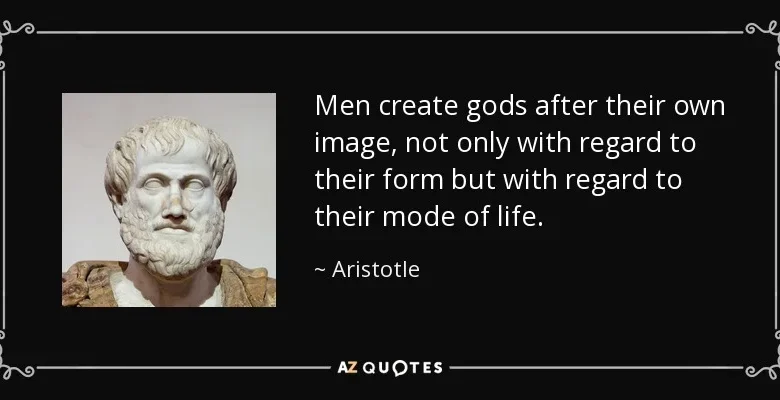Understanding Nativität: Meaning, Origin, and Modern Significance

What Does “Nativität” Mean?
The word “Nativität” is derived from the Latin term nativitas, which means birth or origin. In modern usage, Nativität primarily refers to the astrological chart or birth horoscope that maps the positions of the planets at the exact moment of a person’s birth.
While the word is German, its concept is universal. In astrology, Nativität (or natal chart) represents a cosmic snapshot of the sky at the time of one’s birth — believed to influence personality, behavior, and destiny. Historically, “Nativität” also meant the act of being born, but over time, the word became closely tied to astrological and esoteric traditions.
The Astrological Meaning of Nativität
In astrology, the Nativität is far more than a symbolic diagram — it’s a personal map of the heavens. When astrologers “cast” a Nativität, they plot where the Sun, Moon, planets, and rising sign (Ascendant) were located at the moment of birth.
According to astrological belief:
-
The Sun sign shows your ego, identity, and conscious self.
-
The Moon sign represents your emotional world and subconscious drives.
-
The Ascendant (rising sign) shapes your outer personality and first impressions.
-
The planets in different zodiac signs and houses describe various aspects of your life — love, career, growth, and challenges.
In this sense, your Nativität serves as your cosmic blueprint — unique to you, and never repeated in history.
Even though astrology isn’t a science, millions of people use their Nativität to reflect on life choices, relationships, and personal development.
The History and Evolution of the Term “Nativität”
The concept of Nativität dates back thousands of years. Ancient civilizations such as the Babylonians, Greeks, and Egyptians all practiced early forms of natal astrology, linking celestial events to human affairs.
During the Middle Ages, astrology flourished in Europe, and Latin scholars referred to birth charts as nativitas. German-speaking astrologers later adapted this to “Nativität”, a term that appeared in academic and spiritual writings.
Over the centuries, the meaning evolved:
-
Classical period: “Nativität” meant simply the fact of being born.
-
Renaissance and Enlightenment: It came to signify one’s astrological birth figure.
-
Modern use: It’s now a niche term used mainly in astrology, esoteric studies, and philosophical discussions about fate and individuality.
Despite modern skepticism toward astrology, interest in the Nativität continues to grow — especially among younger generations seeking spiritual self-awareness.
How to Create a Nativität (Birth Chart)
To calculate your Nativität, you need three essential pieces of data:
-
Exact birth date (day, month, and year)
-
Exact birth time (including minute, for accuracy)
-
Place of birth (city or coordinates)
With these, astrologers or astrology software calculate the positions of the planets relative to Earth’s horizon at that moment.
Main Components of a Nativität:
| Element | Description |
|---|---|
| Sun Sign | Represents core identity and vitality |
| Moon Sign | Governs emotions and inner world |
| Ascendant (Rising Sign) | Influences appearance and behavior |
| Planetary Houses | Define life areas (career, love, family, etc.) |
| Aspects | Angles between planets that show harmony or tension |
Each Nativität is completely individual — even twins born minutes apart can have slight differences that astrologers interpret as unique personality distinctions.
Today, anyone can generate a digital Nativität using online astrology calculators or apps that rely on NASA’s planetary data.
Why Nativität Matters in Modern Times
In today’s fast-paced world, Nativität has become a tool for self-discovery rather than fortune-telling. Many people turn to their birth charts to find:
-
Purpose and motivation in career choices
-
Patterns in relationships and emotions
-
Strengths and weaknesses in personality
-
Timing for major life changes (through transits and progressions)
The growing popularity of astrology-based wellness shows that people seek meaning and guidance beyond traditional psychology or religion. For many, their Nativität is like a spiritual GPS — offering insight into who they are and where they might go.
Moreover, social media has amplified interest. Hashtags like #Nativität, #birthchart, and #astrologyselfcare generate millions of views, proving that this ancient concept resonates deeply with a modern, digital audience.
Scientific and Philosophical Views on Nativität
From a scientific perspective, there is no empirical evidence that planetary positions influence personal traits or events. Astronomy separates itself from astrology, viewing the latter as a symbolic system rather than a science.
However, from a psychological or philosophical viewpoint, the Nativität can serve a valuable role:
-
It offers a language of archetypes, similar to Jungian psychology.
-
It encourages self-reflection, helping individuals see patterns and meanings in their lives.
-
It connects humans with the cosmic order, providing a sense of belonging to something greater.
Thus, even skeptics acknowledge that interpreting a Nativität can have personal or therapeutic value — not because planets control destiny, but because it encourages introspection and mindfulness.
Conclusion
The word Nativität may be old, but its spirit is timeless. Rooted in the Latin for “birth,” it symbolizes both our beginning in the world and our connection to the universe. In astrology, it stands for the birth chart — a celestial reflection of one’s potential, personality, and path.
Whether you view it as mystical art or metaphorical psychology, exploring your Nativität can be a fascinating journey into self-knowledge and cosmic wonder. It reminds us that every birth is not just biological — it’s also symbolic, part of a greater story written in the stars.




